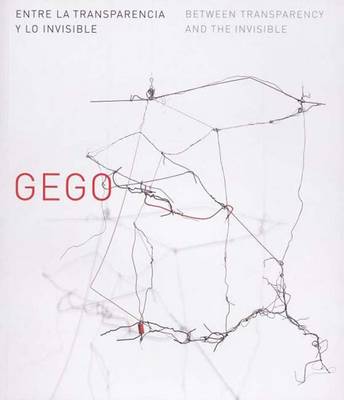Houston Museum of Fine Arts S.
2 total works
German-born Venezuelan artist Gego (1912-1994) produced a wide range of line-based abstract work, including drawings, prints, and wire sculptures. Focusing on a rare series of monotypes from the early 1950s, various drawings and prints, and her delicate 'drawings without paper' and 'tejeduras' (woven paper pieces) of the late 1970s and 1980s, this fascinating book traces Gego's exploration of line and space. Gego used lines as conceptual and visual tools to create in-between spaces within her works. Whether drawing lines on paper or projecting them into space, the artist sought to 'make visible the invisible'. She believed that line could express what is not physically present in nature - including thought, intuition, and emotions. By manipulating the density of the lines or by interrupting them, she brought light, shadow, and feeling into her linear works. With sumptuous illustrations that reveal the poeticism of her geometric forms and her masterful and innovative manipulation of space, this book is an important contribution to scholarship on Gego and Latin American modern art.
Dimensions of Constructive Art in Brazil
by Mari Carmen Ramirez and Adolpho Leirner
Published 1 February 2008
This beautifully illustrated book salutes the recent acquisition by The Museum of Fine Arts, Houston, of the Adolpho Leirner Collection of Brazilian Constructive Art, one of the most important and complete collections in the world devoted to modern Latin American art in the 1950s and 1960s. Including works by Cicero Dias, Samson Flexor, Lygia Clark, and members of the Grupo Ruptura of Sao Paulo and the Grupo Frente of Rio de Janeiro, Leirner's renowned collection resonates with the legacy of the international Constructive Art movement and celebrates its artists as important visual architects of Brazilian Modernism.

